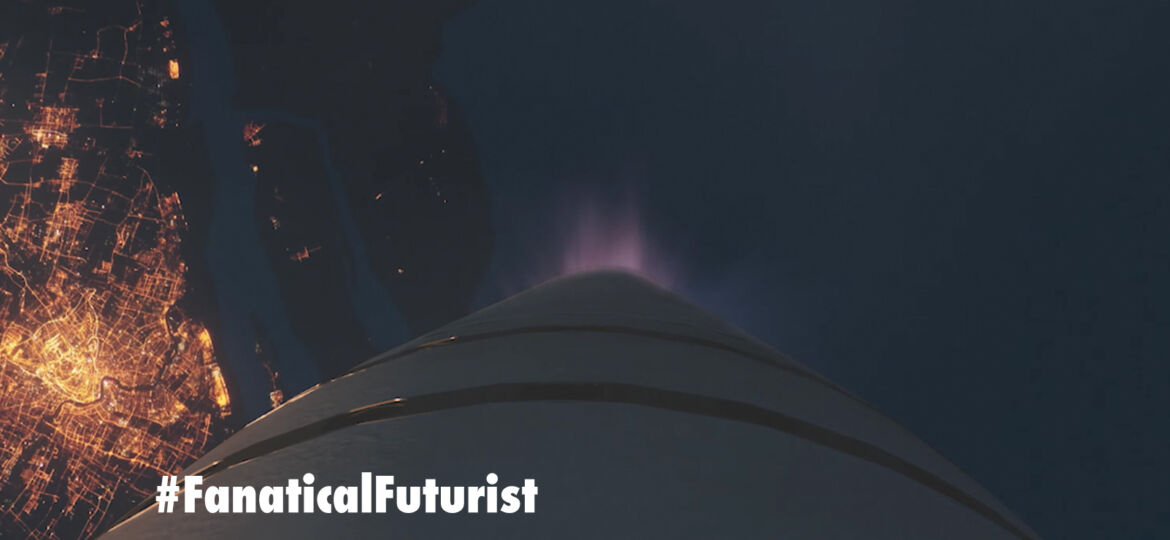
WHY THIS MATTERS IN BRIEF
The world needs visionaries because they’re the individuals who make us excited about the future and our own human potential, and Elon Musk just did it again.
At yesterdays’ International Astronautical Congress (IAC) in Adelaide, Australia, Elon Musk, the billionaire polymath and founder of Neuralink, the company that wants to connect our brains directly to Artificial Intelligence (AI), OpenAI, the company that wants to democratise AI for “good,” SpaceX and Tesla, announced that he sees a future where his reusable rockets will be able to transport passengers from London to New York in 29 minutes at Mach 22, or 27,000 KMH.
The rub though, at least if you’re an airline company, and just as he promised when he first announced the Hyperloop concept, a Mach 1 “train in a tube,” back in 2015, is that he wants the tickets to be the same price as a standard economy ticket, although in this case he’s referring to the cost of an airplane ticket not a train ticket.
Anywhere on Earth in under an hour
During his speech he also unveiled his much anticipated plan to get a million people living on Mars by the end of the century, starting from 2022, and revealed that his team imagines using the same technology, namely his reusable Big Falcon Rocket (BFR) and its reusable engine stages, to travel between different places on Earth in under an hour. He also wants his rockets to be electric, but said that that, at the moment at least is too big a leap to make – even if, ironically, it appears that Mars isn’t.
“If you build a ship that is capable of going to Mars, well, what if you take that same ship and go from one place to another on Earth,” Musk says at the end of the presentation. “We looked at that. And the results are quite interesting.”
Now, bearing in mind that this is technically Airbus and Boeing’s “industry” to loose, and that China and Russia recently signed a joint agreement to develop the next generation of passenger aircraft, in short to end America and Europe’s dominance in the space, I’m guessing that there might be some executives calling a meeting on Monday to figure out what their response should be, and if those executives are anything like most executives then they’ll be planning on him to fail to reach his objective, or fail to scale, or both. But that’s not a bet I’d take. Time to catch up, again, guys. Visionaries, don’t you just hate them? I’m booking my ticket now…!

















Chemtrails much?
@Theo. I do believe you meant “ionic.” All electric circuits are a loop. One would be hard-pressed to figure out how that glow returned to the rocket.
I was surprised when I started to work in tech. I imagined it to be a industry full of ideas, but I often see an abundance of intelligence with few of the really big dreams that inspire people
Well he needs to focus on active and real projects now and shift away from fiction
[…] while ago Elon Musk announced his plans to shuttle people from one side of the planet to the other in under 40 minutes using his SpaceX Mach 25 rockets. Then in 2018 the US Air Force (USAF) announced they’d like to […]